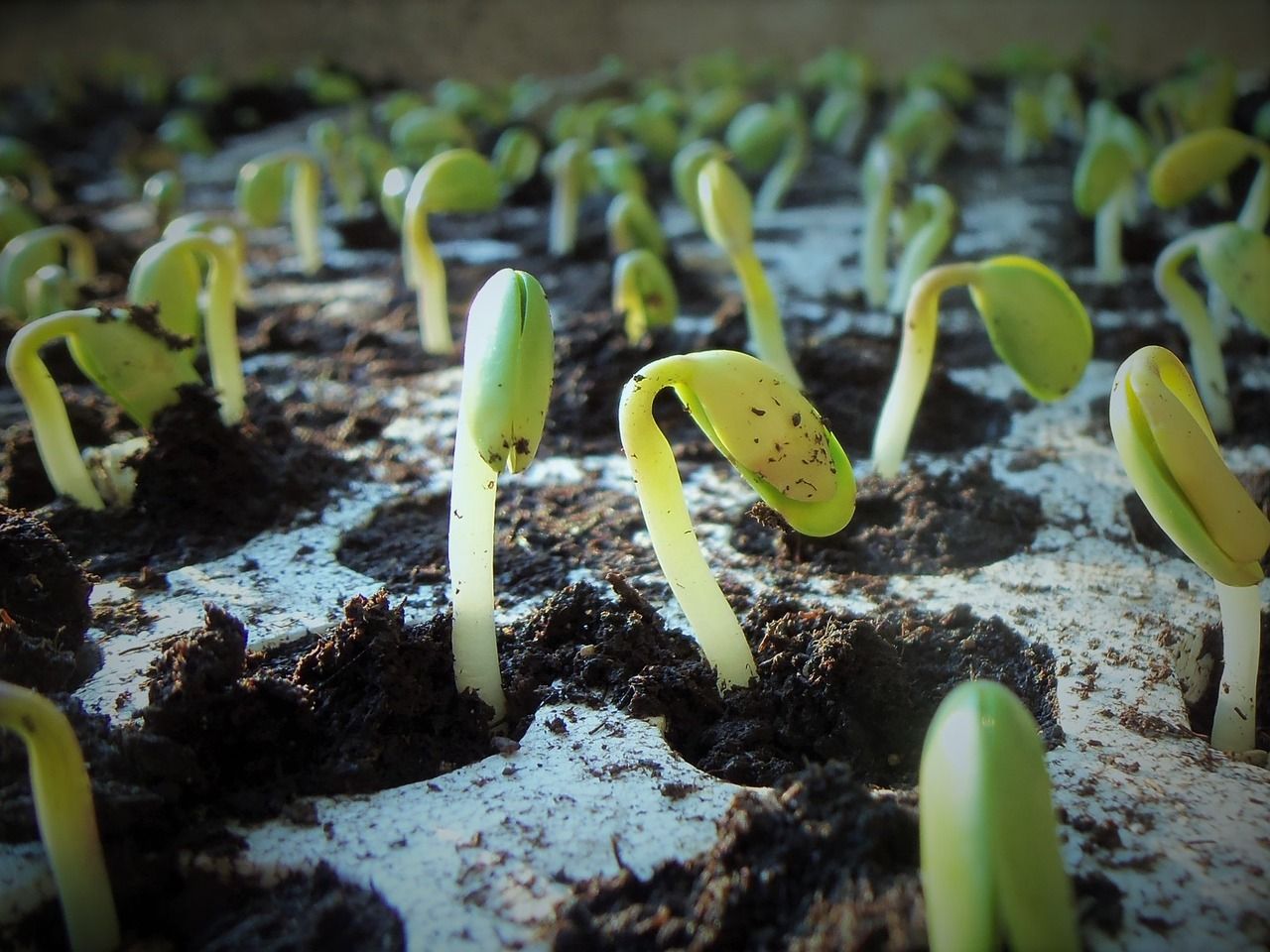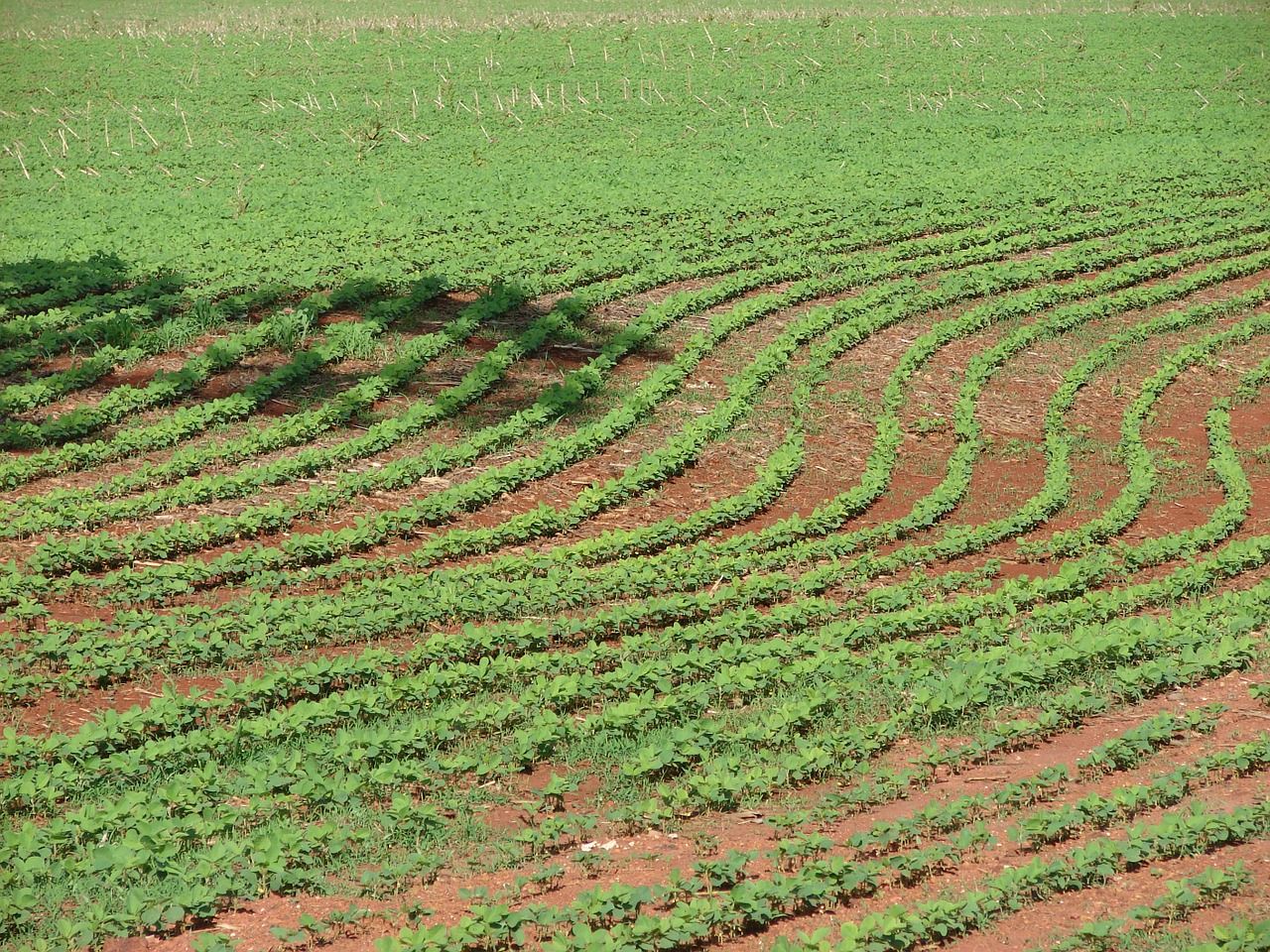Soybeans (Glycine max) are a useful and profitable crop when grown commercially. They are also interesting and tasty when planted in the home garden. Remarkably hardy, these nourishing and versatile beans can be eaten as a vegetable or used to make a wide variety of products, such as tofu and soy milk.
In the United States, they can be grown successfully in USDA hardiness zones 2 through 11. Naturally, planting time will vary from one zone to another. In this article, we discuss the timing to plant them. Read on to learn more on how late can you plant soybeans + when is the best time to plant soybeans.
What You'll Learn Today
Spring Is Soybean Planting Season

Soybeans are an annual crop, so they complete their entire lifecycle in a single growing season. The growing season varies from place to place throughout the United States.
In the northern states, you must wait until a couple of weeks after the last winter frost to plant your soybeans. In the deep south, you can plant late in the winter or very early in the springtime.
The key to knowing when to plant is to know your soil temperature. When the soil in your area has warmed up to about 60 degrees Fahrenheit and stays that way reliably, you can plant your soybeans.
Generally speaking, this happens when the air is about 70 degrees Fahrenheit.
For the home gardener, you can start your soybeans indoors or plant them a little earlier under a clear plastic row house if you want to get an early start. This method is impractical for commercial growers.
Location Makes A Difference To Planting Time For Soybeans

Soybeans need plenty of light. You must choose a field or garden plot that gets full sun throughout the growing season.
It is possible for the plants to do alright in partial shade, but any amount of shade will negatively impact your harvest.
In addition to lots of sun, soybeans need a deep, well prepared planting area. Till your soybean field or garden plot thoroughly and deeply. Amend it well with lots of organic matter.
Be sure to test the soil before you begin and choose your amendments to correct the pH level as needed. The best pH level for growing soybeans is 6-6.8.
Rich, deep soil located in a bright, sunny, sheltered setting will enable you to plant your soybeans a bit earlier. Shade, harsh winds or anything else that would result in cooler temperatures will delay your planting time.
If you are growing a small crop of soybeans in your vegetable garden, pay attention to where you plant your beans in relation to your other crops. There are some kinds of veggies that just don’t get along with soybeans.
For example, onions and garlic will ruin the flavor of your beans. On the other hand, you can successfully plant your soybeans alongside your potatoes, cucumbers, celery and corn.
The Best Way To Plant Soybeans
Although it is possible to start a few soybean plants early indoors, direct sowing into the field or garden bed is really the preferred method.
When your prepared soil temperature measures 60 degrees several days in a row, you can plant your soybeans.
For best results, you should bury the seeds about an inch and a half deep. You can do this by digging shallow trenches, dropping in the seed and then covering the entire trench. Here is how to plant them without a planter.
If you are just growing a few soybean plants in pots or containers, remember that soybeans have very long, sturdy roots. Your containers should be a minimum of eight inches deep.
Vegetable Gardening: Growing Soy Beans
In pots or in the garden, be sure to keep the soil evenly moist to facilitate successful germination and early growth.
What’s The Latest You Can Plant Soybeans?
How late can you plant soybeans? In areas with a long growing season, you can sometimes plant all the way into early summer.
This is also an option if you have had a chilly early spring or had other weather challenges that prevented spring planting.
For soybean farmers, late planting can negatively impact harvest in a significant way.
Commercial growers should try to get their soybeans into the ground as early in the spring as possible. In the Midwest, April and May are good soybean planting months.
Early planting results in higher yield because of a plant function known as seasonal canopy photosynthesis, the process by which the plant converts sunlight into energy.
The longer the plants have in the ground and in the sun, the more main stem nodes they will produce and the earlier they will flower.
When soybeans are planted late, the vegetation grows very rapidly but sparsely because of the increased temperatures and longer days.
These plants don’t produce as much vegetation because they have not had the chance to produce ample main stem nodes. Fewer leaves means less photosynthesis, less energy and fewer soybeans.
Soybeans planted late also result in shorter plants and bean pods produced lower on the plant. This is because the thin leaf canopy allows more light to the lower limbs of the plant.
Even so, the overall yield of late planted soybeans is less than that of early planted soybeans.
Soybean School: Can You Plant Too Early?
How Can You Increase Soybean Yield In Late Planting?
One way to overcome these problems somewhat is to plant an earlier maturing variety. Talk with your county extension agent to find out what varieties of soybeans perform best for late planting in your area.
Some soybean planters theorize that closer row spacing and higher seeding rates could make up for yield loss in late planting, but this actually is not true.
Generally speaking, no matter when you plant your soybeans, your rows should be about 30 inches apart and seeds should be planted 7-15” apart.
When Should Soybeans Be Harvested?
Harvest time depends on your intended purpose. For home gardeners, when you see that your soybeans are filled out, swollen and still green, it’s time to harvest them.
Don’t wait until they turn yellow, or it will be too late. While they’re still green, soybeans make a nice veggie dish.
Commercial planters may wait until they dry out. When the soybean pods turn yellow, they are too dry to eat fresh. Then they can only be used for making soy products like soy milk and tofu.
Frequently Asked Questions

Soil temperature can be measured using a soil thermometer, which is inserted into the ground at the desired depth. Alternatively, soil temperature probes or sensors can be used to monitor temperature at multiple depths over time. These measurements provide valuable information for agricultural practices, as soil temperature affects plant growth, nutrient availability, and microbial activity.
Soybeans generally prefer full sun for optimal growth and yield. They can tolerate some shade, especially in the morning when sunlight is less intense, but too much shade during critical growth stages may lead to reduced yields. It’s important to strike a balance and provide as much full afternoon sun as possible to ensure the best performance from soybean plants.
To protect soybean crops against harsh winds, you can install windbreaks ( e.g. hedgerows or wind fences) to create a barrier that reduces wind velocity. If high winds are common in your area, selecting shorter, sturdy soybean varieties can help minimize wind damage. Planting soybeans in a dense population can also provide some protection by creating a canopy that buffers the crop from strong winds.
Some effective pest-repelling companion plants for soybeans include marigolds, nasturtiums, and basil. Marigolds release a scent that repels insects, while nasturtiums can deter aphids and attract predatory insects that feed on pests. Basil has aromatic compounds that can help repel certain pests. Interplanting these companion plants with soybeans can help create a more balanced and pest-resistant ecosystem. Even though plants such as onions and garlic negatively impact the flavor of soybeans, planting marigolds, nasturtiums, and basil as companion plants with soybeans is have this effect. In fact, these companion plants are generally known to have positive effects on the overall health and pest resistance of the soybean crop. While the aromatic compounds in basil and the scents emitted by marigolds may have a mild influence on the nearby environment, they don’t tend to alter the flavor of soybeans. It is generally safe to grow these companion plants alongside soybeans without major concerns about flavor interference.
Green soybeans, also known as edamame, can be cooked as a vegetable by boiling them in salted water for about 3-5 minutes or until they become tender. After boiling, drain the water and rinse the beans with cold water to stop the cooking process and cool them down. Lightly season the beans with salt or other desired flavors before serving. They can be enjoyed as a nutritious snack, added to salads, stir-fries, or used in various culinary preparations.
Spring is coming. Maybe I’ll try growing some soybeans to see whether the results are good.